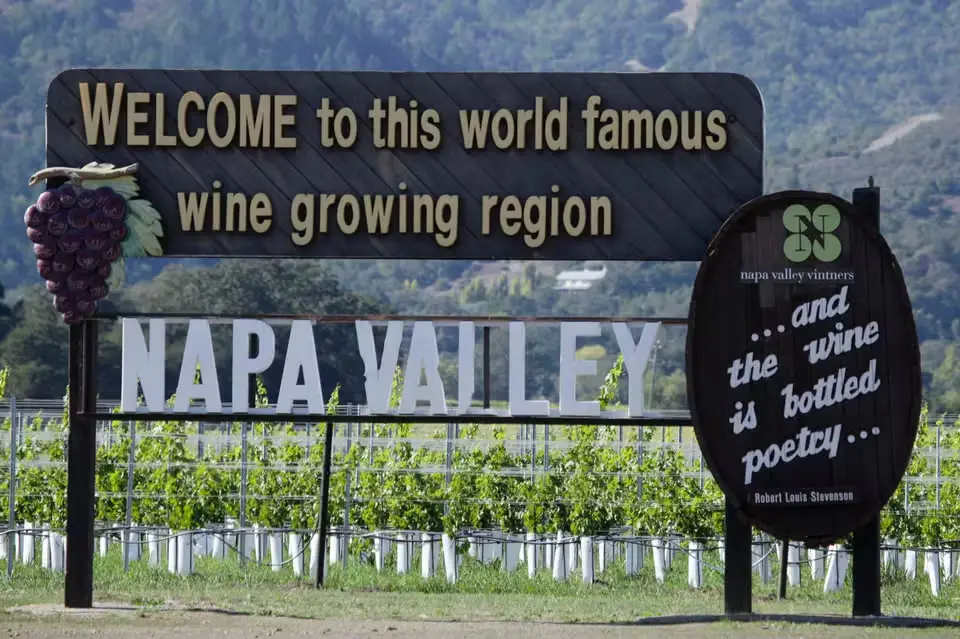Amazing Piedmont Wines Beyond Barolo and Barbaresco
In a wine lover's world, Piedmont is the home to Barolo and Barbaresco, producing some of the best Italian wines. Indeed, Barolo and Barbaresco are ideal wines for Christmas, but why not try other great wines from the region, who also offer excellent value-for-money? Explore the obscure grape varieties Nascetta, Erbaluce, Timorasso, Grignolino, Freisa, Brachetto, Ruchè with VinoVoss and find something that fits your taste!
Literally meaning "foot of the mountain" in Italian, Piedmont is situated at the base of the Italian Alps, with Po River and Tanaro River running through and vineyards on the rolling hills. The region's diverse geography, with its combination of mountains, hills, and plains, offers a variety of microclimates that are perfect for grape growing. The continental climate, with its cold winters and warm summers, contributes to the quality and characteristics of the wines produced.
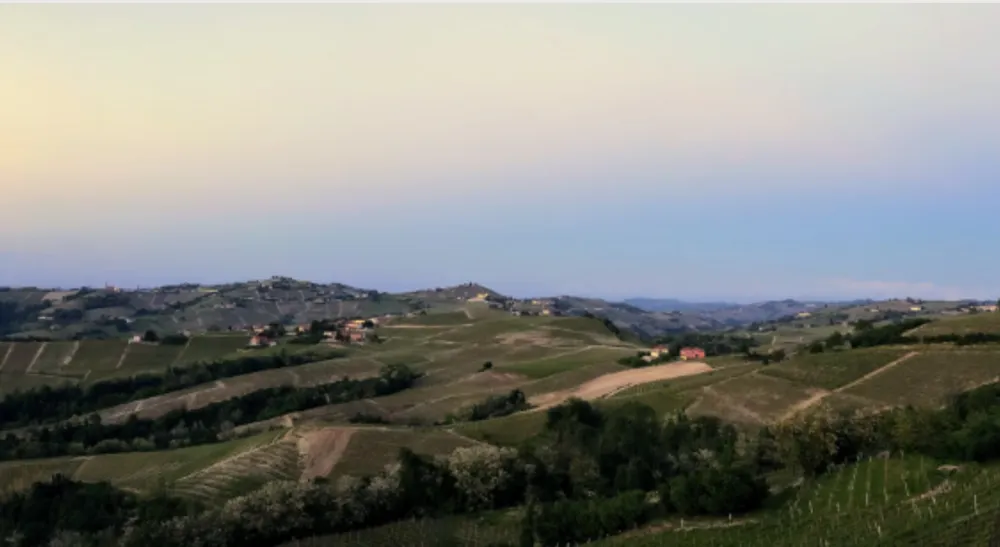
Winemaking in Piedmont has deep roots, dating back to ancient times. Bordering France, it also receives influences from the French winemaking. Piedmont is considered one of the most important wine regions in Italy, producing the “King of Wine” like Barolo, as well as a large volume of everyday drinking wines.
The Nebbiolo grape, the cornerstone of Barolo and Barbaresco, exemplifies the region's winemaking prowess. Renowned for the famed Barolo and Barbaresco wines, the viticultural landscape of Piedmont comprises a wonderful array of lesser-known yet fascinating indigenous grape varieties.
Nascetta
Originating from Langhe, Nascetta is a white grape variety that was once on the brink of extinction but is fighting its way to be the iconic indigenous variety in Piedmont today. In 1993, the renowned Piedmontese winemaker Elvio Cogno and fellow producers from the region uncorked bottles of Nascetta from the 1986 vintage. The wine was a pleasant surprise to everyone with its fine and elegant profile, which evolved to complex notes that resemble a passito sweet wine without losing its freshness.
The tasting marked a turning point for the grape, Elvio Cogno and other producers realized Nascetta's potential. In the following year, Elvio Cogno made its first harvest of the almost-extinct grape and made a few hundred bottles of wine. Since then, the revival of Nascetta has spread through the Langhe region.
With a pale straw color, vibrant acidity, and a multifaceted bouquet boasting citrus, exotic fruits, sage, rosemary, and honey notes, Nascetta puts complexity in the simplicity. The limestone-rich soil of Langhe sometimes imparts a subtle minerality to it. When aged, it develops complex notes like beeswax and nutty flavors. Nascetta can be made with or without the use of oak, the grape retains its unique characteristics and is sure to please every palate.
Nascetta Wine to Try
Elvio Cogno Anas-Cëtta Langhe Nascetta di Novello
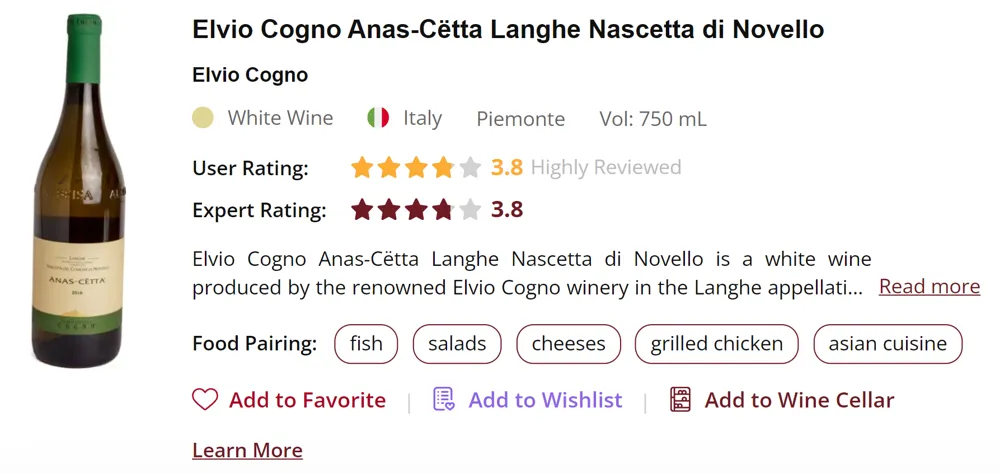
Erbaluce
Moving towards the Canavese area, we encounter Erbaluce, a white grape variety that grows in the Alpine foothills around the town of Caluso. With a history dating back to the Middle Ages, Erbaluce has long been a local favorite, not only existing in still white versions but often used to make sparkling and passito sweet wines.
Erbaluce is a versatile grape due to its ability to keep acidity even in warmer vintages. With its unique elevation and vineyard exposure combination, the Caluso subregion is a great habitat for Erbaluce to thrive. The best example of Erbaluce wine is Erbaluce di Caluso, a DOCG-designated still white wine. Erbaluce wines are a refreshing representation of the chilly temperature and mineral-rich soils, with crisp acidity, vivid citrus flavors, and floral notes.
Erbaluce Wine to Try:
Cieck Erbaluce di Caluso
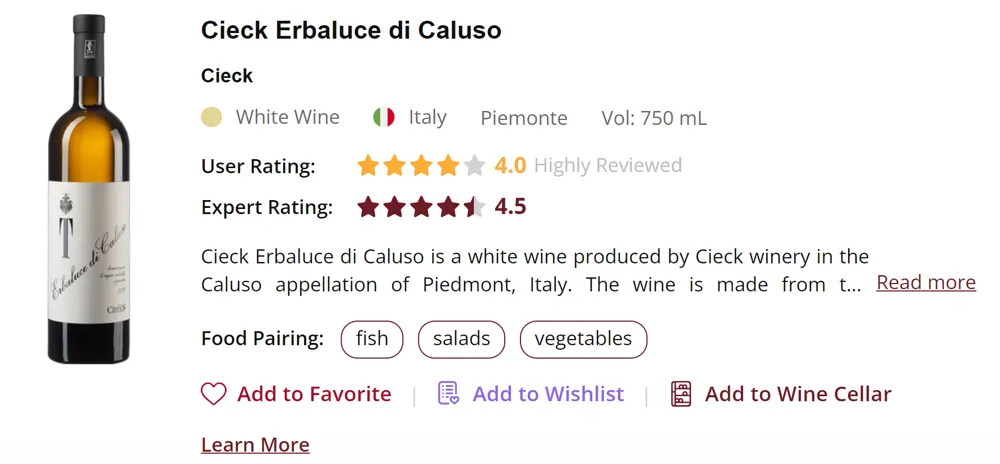
Timorasso
Like Nascetta, Timorasso is another white grape variety that had a noble past but almost faded into obscurity. Once a favorite of Piedmontese royalty, Timorasso nearly disappeared due to phylloxera and changing winemaking trends. However, a dedicated group of producers has successfully revived this ancient grape.
Hailing from the Tortona hills in the Colli Tortonesi, located at the southest of the Piedmont region, Timorasso wines are rich and full-bodied, often displaying complex aromas of tropical fruits, honey, and hazelnuts. Today, because of its potential, many prestigious Piedmontese wine producers have Timorasso wine in their production.
Timorasso Wine to Try:
Oltretorrente Timorasso Colli Tortonesi
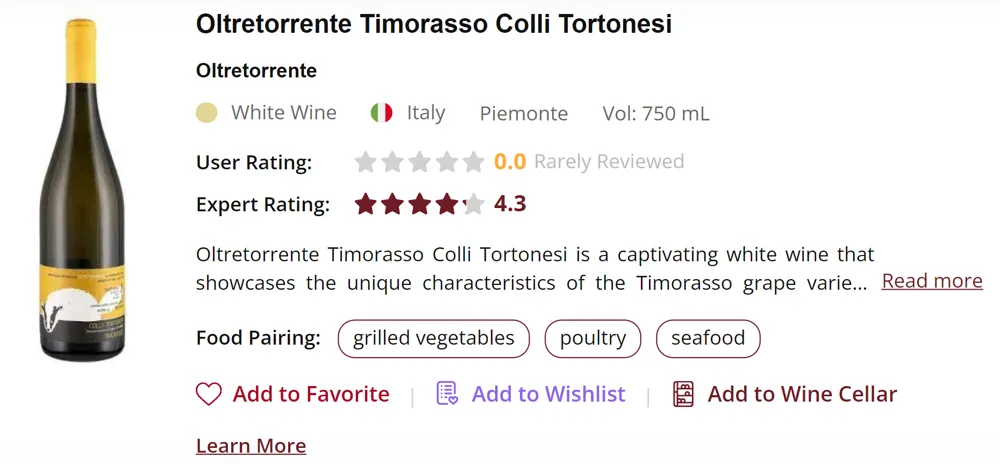
Grignolino
In the Monferrato hills, Barbera is the signature red wine. Grignolino, a red grape variety that produces wines of finesse and lightness is often overlooked. The name Grignolino is derived from "grignole," meaning pips or seeds, as the grape is known for its high seed content. This characteristic contributes to the wine's unique tannic structure.
Grignolino wines are vibrant and aromatic, with notes of red berries, herbs, and a distinctive peppery finish. It's often said that Grignolino to Barolo and Barbaresco is what Beaujolais to Burgundy. With a similar bracing acidity, firm structure, and berry flavor as Nebbiolo, Grignolino presents as a more approachable version and is perfect for warm-weather enjoyment.
Grignolino Wine to Try:
Olim Bauda Isolavilla Grignolino d'Asti
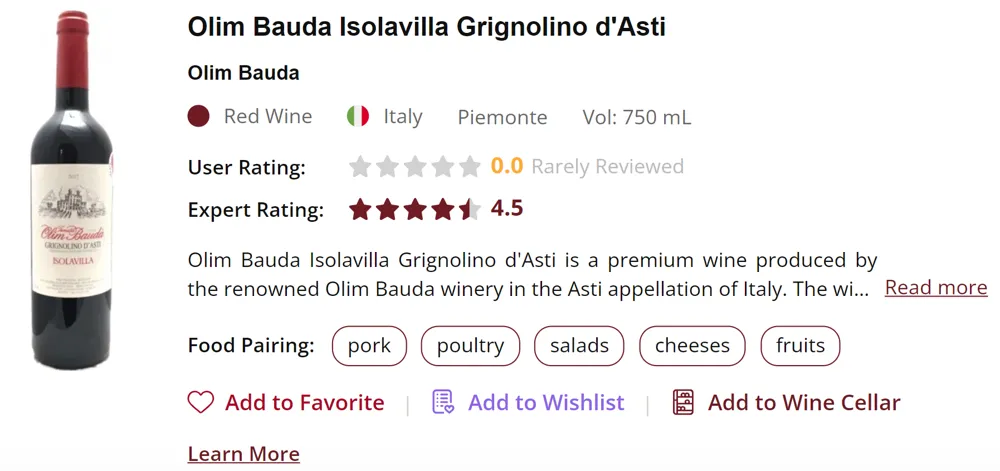
Freisa
Freisa, a red grape variety native to Piedmont, produces wines that are bold, tannic, and full of personality. Based on genetic studies, Freisa and Nebbiolo are closely related. Freisa is most likely the parent of Nebbiolo. Freisa grows well in the steep regions of Monferrato and Langhe, benefiting from the varied exposures and altitudes.
The resulting wines have rich colors and taste of spices, ripe red and black fruits, and a refreshing acidity. Often overshadowed by its more famous varieties like Barbera or Dolcetto, Freisa has a loyal following among those who appreciate its robust character.
Freisa Wine to Try:
G.D. Vajra Langhe Freisa Kyè
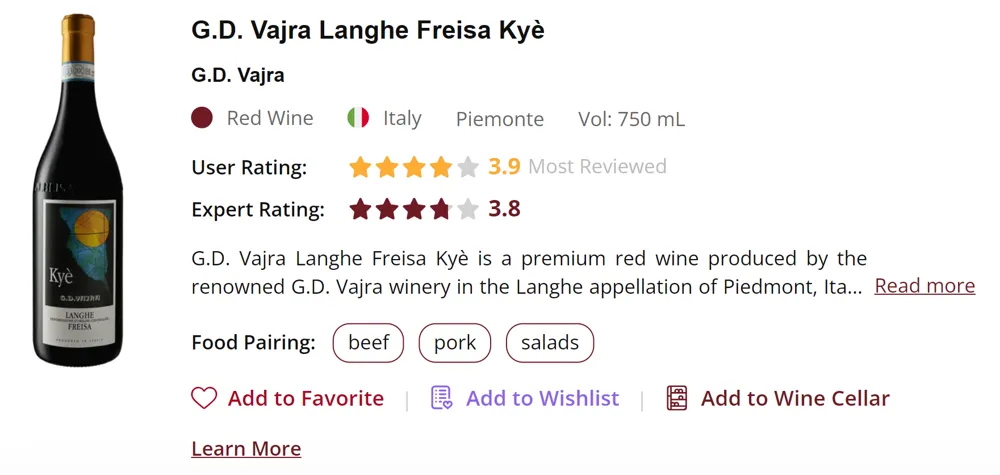
Brachetto
If you think the red wines from Piedmont are all about robust, bold, and structured taste profiles, you are wrong. Brachetto, primarily known for its use in producing sweet, sparkling wines, adds a touch of playfulness to Piedmont's wine repertoire. Grown mainly in the Roero and Asti subregions, Brachetto is known for its aromatic profile, featuring notes of strawberries, berry jam, roses, and spices.
Brachetto d'Acqui, a sparkling red wine, is a delightful expression of the grape's natural sweetness. With a low alcohol content and a lively, frizzante style, it's the perfect choice for festive occasions or as a refreshing aperitif.
Brachetto Wine to Try:
Braida Brachetto d'Acqui
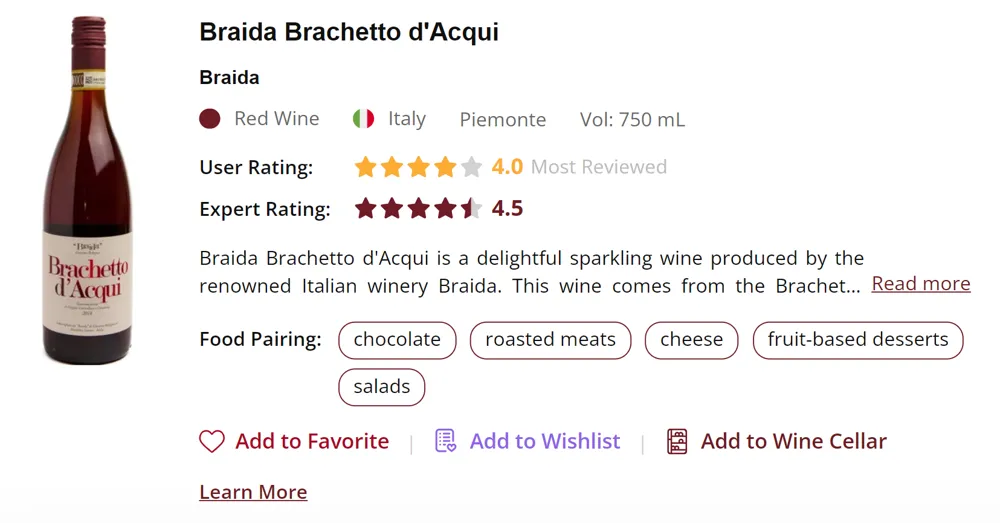
Ruchè
Ruchè wines, another obscure red grape that thrives in the slopes of the Monferrato region, are praised for their complex aromas that include red berries, dried rose petals, violet, and a hint of spice. Ruchè is a unique and unusual alternative to more popular red varieties, with medium to full body and dark fruits. The grape finds its perfect growing conditions in the Castagnole Monferrato subregion where the Ruchè wine gained its DOCG status, standing as a unique, premium Piedmontese wine.
Ruchè Wine to Try:
Montalbera Laccento Ruché di Castagnole Monferrato
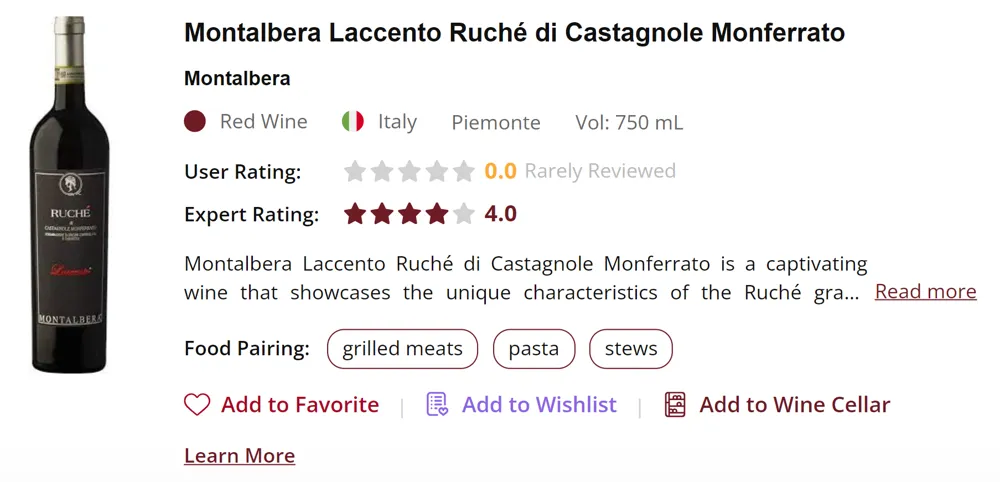
While indigenous varieties are the soul of Piedmont's wine identity, like many regions in Italy, the region also embraces international grape varieties such as Chardonnay, Pinot Noir, Sauvignon Blanc, and more recently, Viognier. Dear VinoVossers, aside from Barolo and Barbaresco, there is a whole world of fascinating wines that show the terroir of Piedmont waiting for us to explore.
Sylvia Ba
